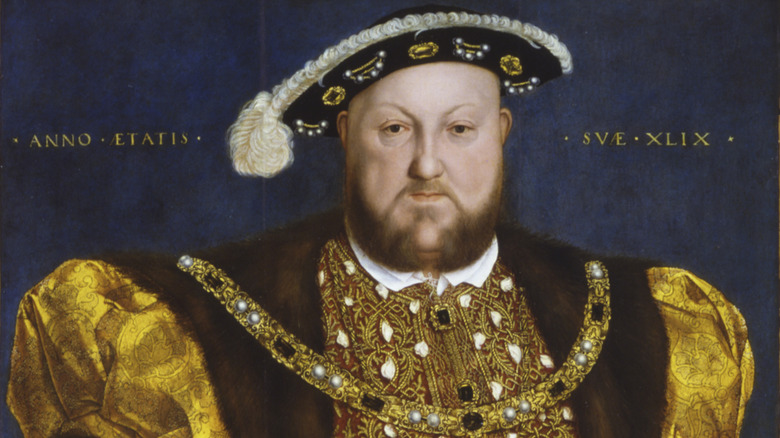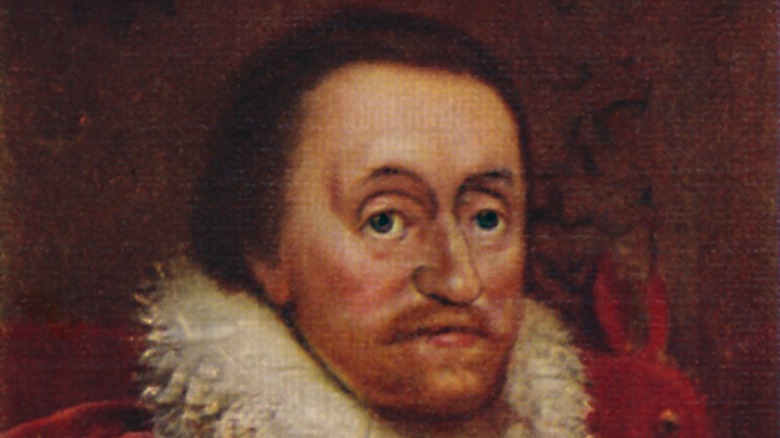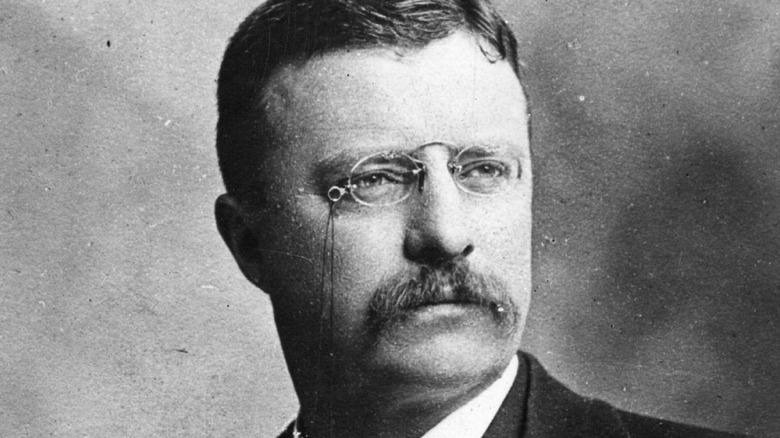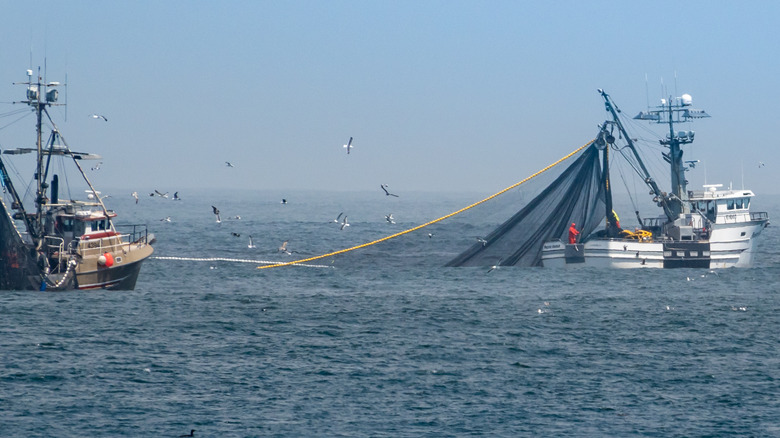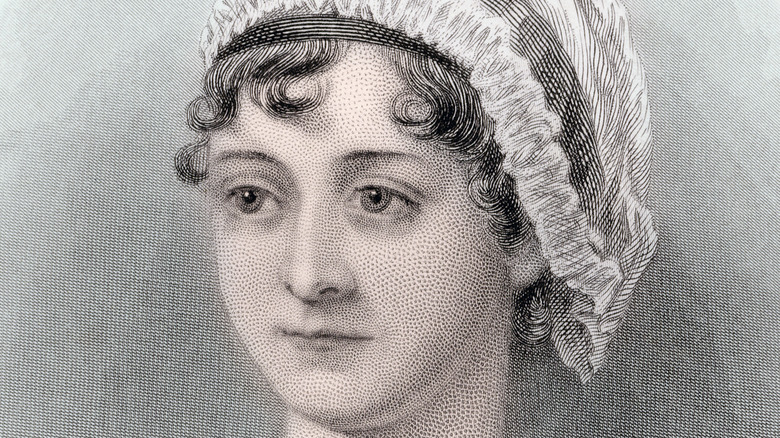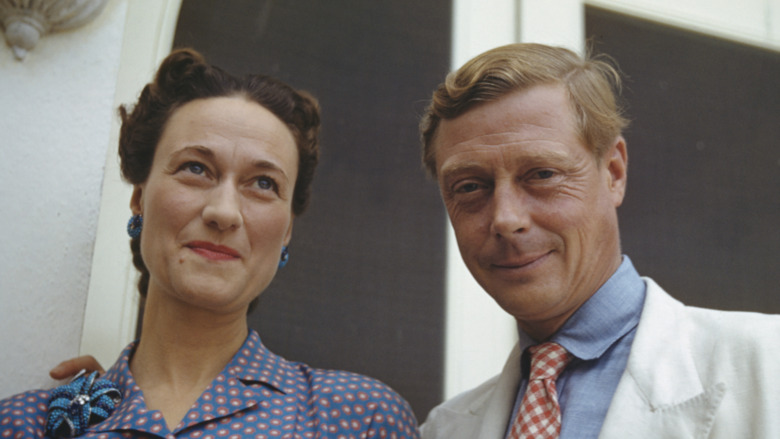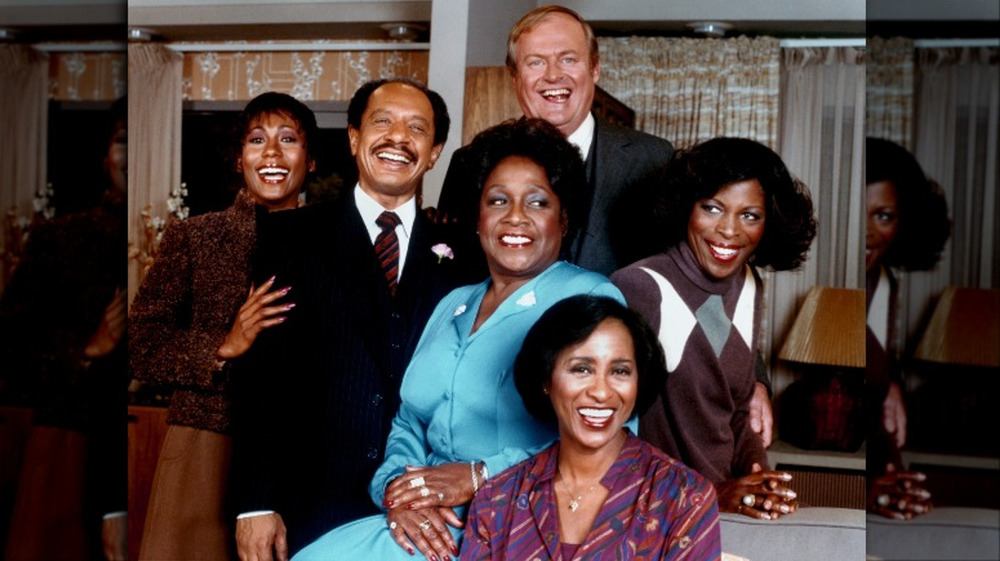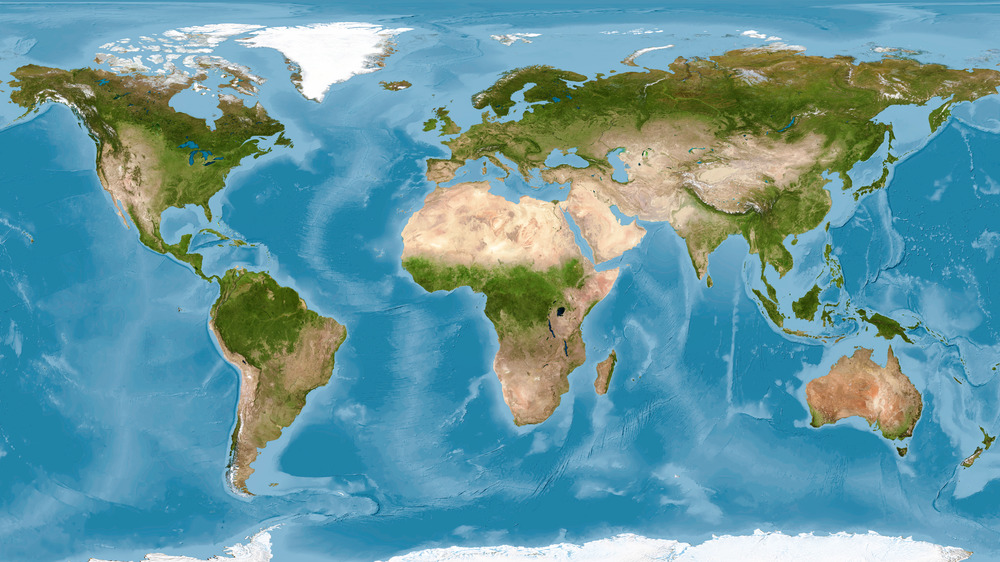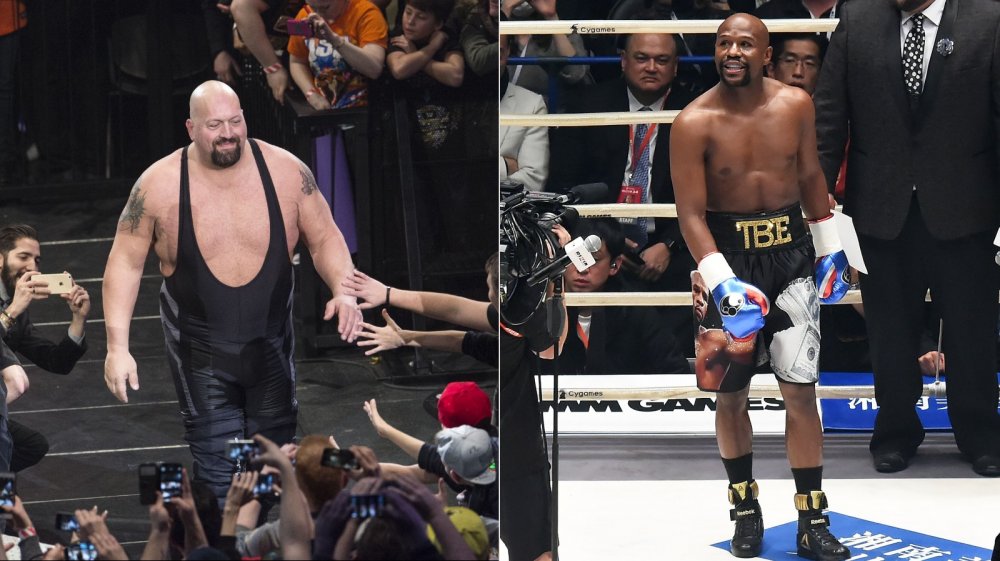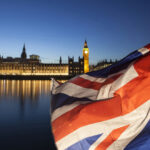
Great Britain Vs England: What’s The Difference?
While a unified Great Britain has existed politically for 315 years, England as we know it has existed for around 1,000 years.
Geographically speaking, Great Britain is the landmass containing England, Scotland, and Wales. England stretches from the northernmost region of Northumberland to the southernmost and westernmost region of Cornwall (according to Sidmartin Bio). North of that is Scotland. Wales forms a western section of the landmass, with its northern tip near Liverpool, England, and its southern tip near Bristol, England.
The word Britain originally referred to the area occupied by Celtic tribes in what is now England, Wales, and part of Scotland (per Mental Floss). Modern-day England was split up into several different kingdoms in the early centuries A.D. In the 900s, the West Saxon kings who ruled northern England also came into control of southern England, and since 1016, when Cnut became king of England, the region has never again been divided (according to The British Library).
England acquires other regions
In the 1200s, King Edward I of England conquered the kingdom of Wales and declared it an English territory. He also tried, but failed, to conquer Scotland. Since then, rulers of England have named their eldest sons or successors Prince of Wales, a title currently held by Prince Charles. King Henry VIII incorporated Wales into England when he passed the Acts of Union, imposing English laws and customs on Wales (via History).
When Henry’s daughter, Queen Elizabeth I, died childless in 1603, her cousin King James VI of Scotland became the new king of England, uniting the two countries. He also became King of Ireland, a title held by English rulers since the 1540s, when Ireland became a dependent kingdom of England. King George III was the last person to hold this separate title when the United Kingdom of Great Britain and Ireland was formed in 1801. The term “the United Kingdom” still refers to Great Britain and Northern Ireland (via History).
Between 1919 and 1921, the Irish Republican Army fought for independence from the United Kingdom, and in 1922 Ireland was divided into two parts. The southern region remained a part of the British Commonwealth until 1937, when it became the Republic of Ireland. Northern Ireland remains a part of the United Kingdom.
Great Britain forms
Although Scotland and England were united under James, they remained separate countries with separate governments until the reign of Queen Anne. In her first speech to Parliament, the queen explained her belief that the two countries should be one (according to History).
This happened five years later in 1707. Scotland had gone deeply into debt from trying to colonize the Americas like England and other countries had. They also feared the reestablishment of Catholicism and absolute monarchy if they didn’t unite with England under its then-current, Protestant queen. The union created one Parliament, flag, and monetary system for the country, but Scotland kept its own church and judicial and educational systems (per BBC). England favored unification because it feared Scotland would ally with France in the War of the Spanish Succession (according to History). Today, the four separate regions all operate as one but retain their own unique cultures.
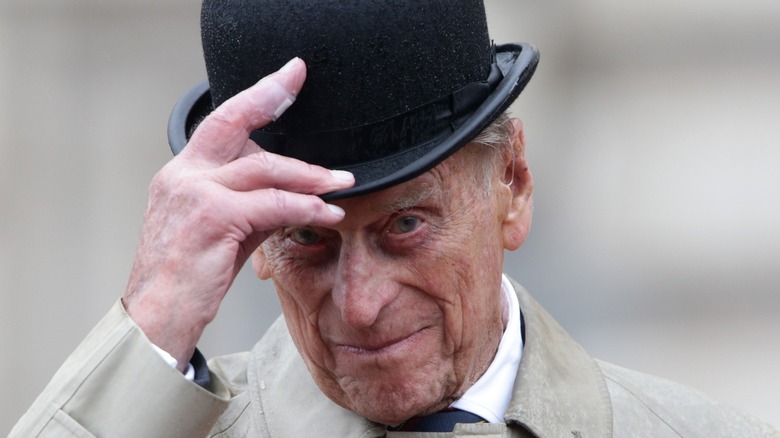
Why Prince Philip Renounced His Titles
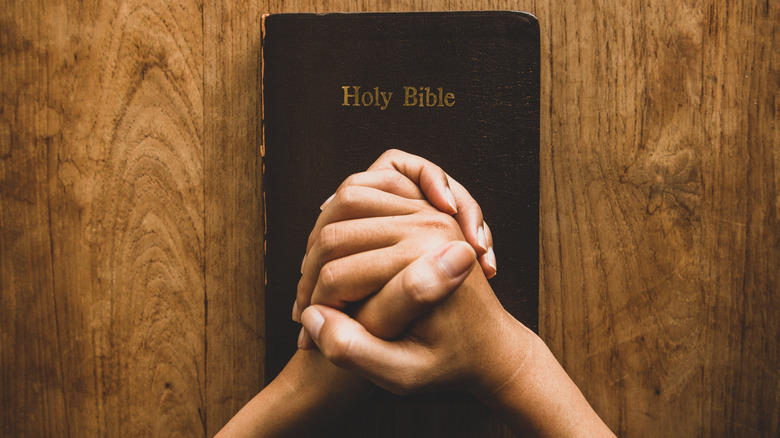
Here's What The Bible Really Says About Immigration
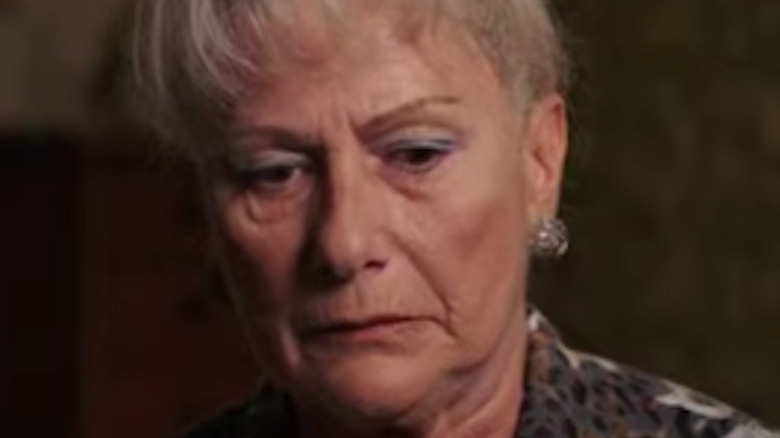
What Misha And The Wolves Didn't Tell You
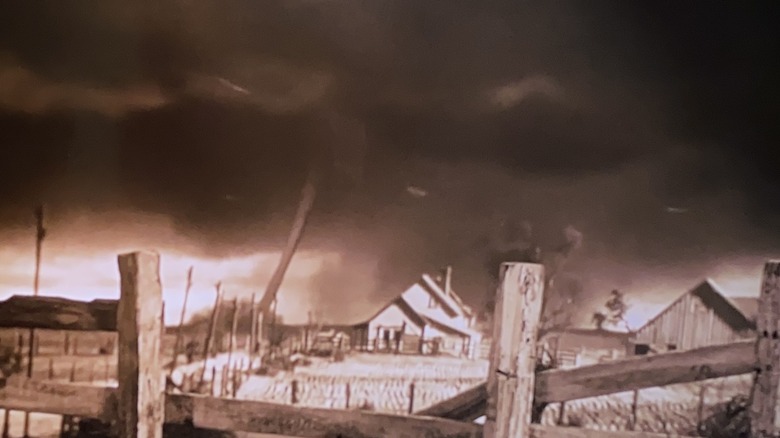
Here's How The Tornado Scene In The Wizard Of Oz Was Actually Made

What It Was Like Serving On The Timothy McVeigh Jury
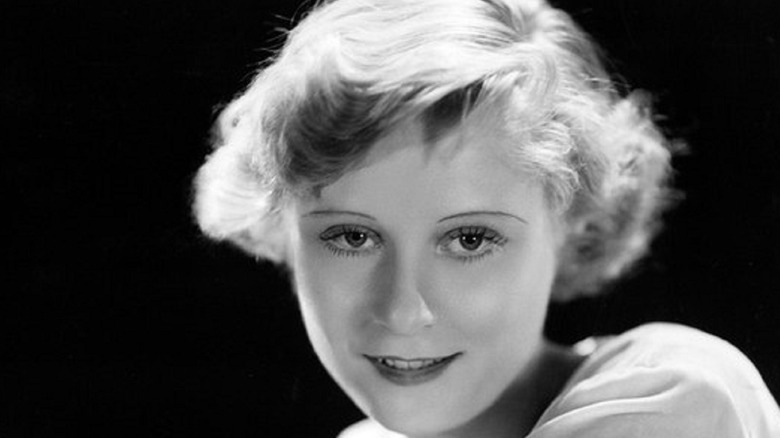
The Tragic Death Of Peg Entwistle
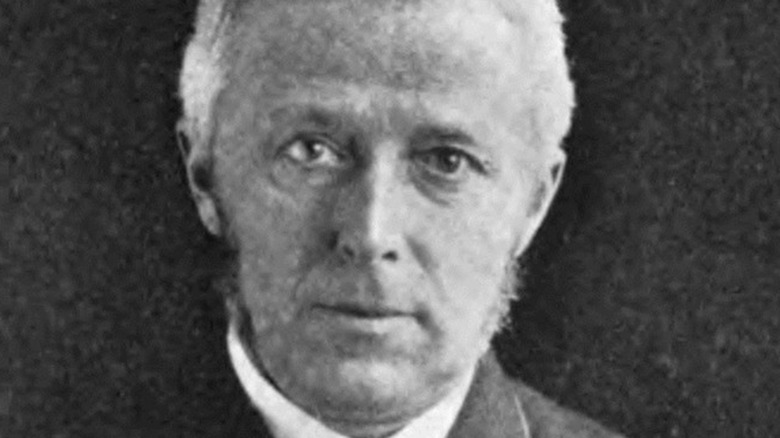
A Look At The Early Life Of Dr. Joseph Bell

The Richest Rock Bands In The World
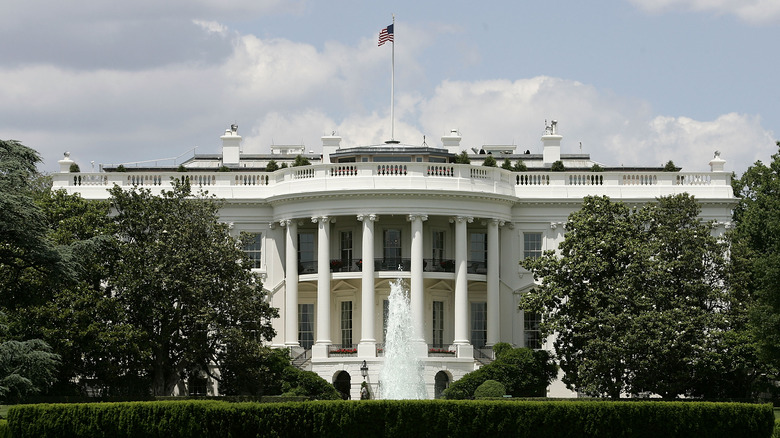
This Former President Actually Misplaced Nuclear Launch Codes

How Many Victims Did Bobby Joe Long Really Have?
